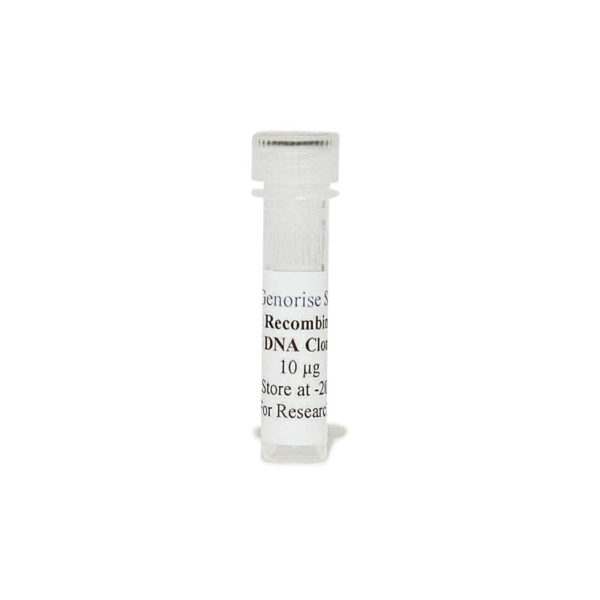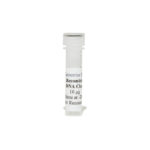Recombinant Human Myoglobin DNA
$219.00
DataSheet CoA SDS
This pET28A-sumo vector contains the complete ORF for the gene of human myoglobin and high-level expression of peptide sequences fused with the 109 aa Trx•Tag thioredoxin protein. It is inserted between BamHI and XhoI sites. The gene insert is flanked with convenient multiple cloning sites which can be easily cut and transferred into other desired expression vector. The plamsid DNA is lyophilized from 0.2 µm filtered TE buffer (10 mM Tris-Cl, pH 8.0).
Alternative names for myoglobin: MB, Mb
This product is for laboratory research use only not for diagnostic and therapeutic purposes or any other purposes.
- Description
- Product Citations
- Reviews (0)
Description
Genorise Recombinant Human Myoglobin DNA Summary
Alternative names for myoglobin: MB, Mb
Product Specifications
| Gene | Human Myoglobin |
| Accession | NM_004102 |
| Insert Size | 465 bp |
| Size | 10 µg |
| Expression Vector | pET28a-sumo |
| Formulation | Lyophilized |
| Expiration | 1 year |
Background:
Myoglobin is an iron- and oxygen-binding protein found in the muscle tissue of vertebrates in general and in almost all mammals. It is related to hemoglobin, which is the iron- and oxygen-binding protein in blood, specifically in the red blood cells. In humans, myoglobin is only found in the bloodstream after muscle injury. It is an abnormal finding, and can be diagnostically relevant when found in blood. Myoglobin is the primary oxygen-carrying pigment of muscle tissues.[1] High concentrations of myoglobin in muscle cells allow organisms to hold their breath for a longer period of time. Diving mammals such as whales and seals have muscles with particularly high abundance of myoglobin. Myoglobin is found in Type I muscle, Type II A and Type II B, but most texts consider myoglobin not to be found in smooth muscle. Myoglobin is released from damaged muscle tissue (rhabdomyolysis), which has very high concentrations of myoglobin. The released myoglobin is filtered by the kidneys but is toxic to the renal tubular epithelium and so may cause acute renal failure.[2] It is not the myoglobin itself that is toxic (it is a protoxin) but the ferrihemate portion that is dissociated from myoglobin in acidic environments (e.g., acidic urine, lysosomes). Myoglobin is a sensitive marker for muscle injury, making it a potential marker for heart attack in patients with chest pain.[3] However, elevated myoglobin has low specificity for acute myocardial infarction (AMI) and thus CK-MB, cTnT, ECG, and clinical signs should be taken into account to make the diagnosis.
References
- Ordway GA, Garry DJ (2004). J. Exp. Biol. 207 (Pt 20): 3441–6.
- Naka T, et al. (2005). Crit Care 9 (2): R90–5.
- Weber M, et al. (2005). Clin. Biochem. 38 (11): 1027–30.
Product citations



























Reviews
There are no reviews yet.